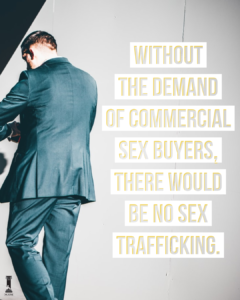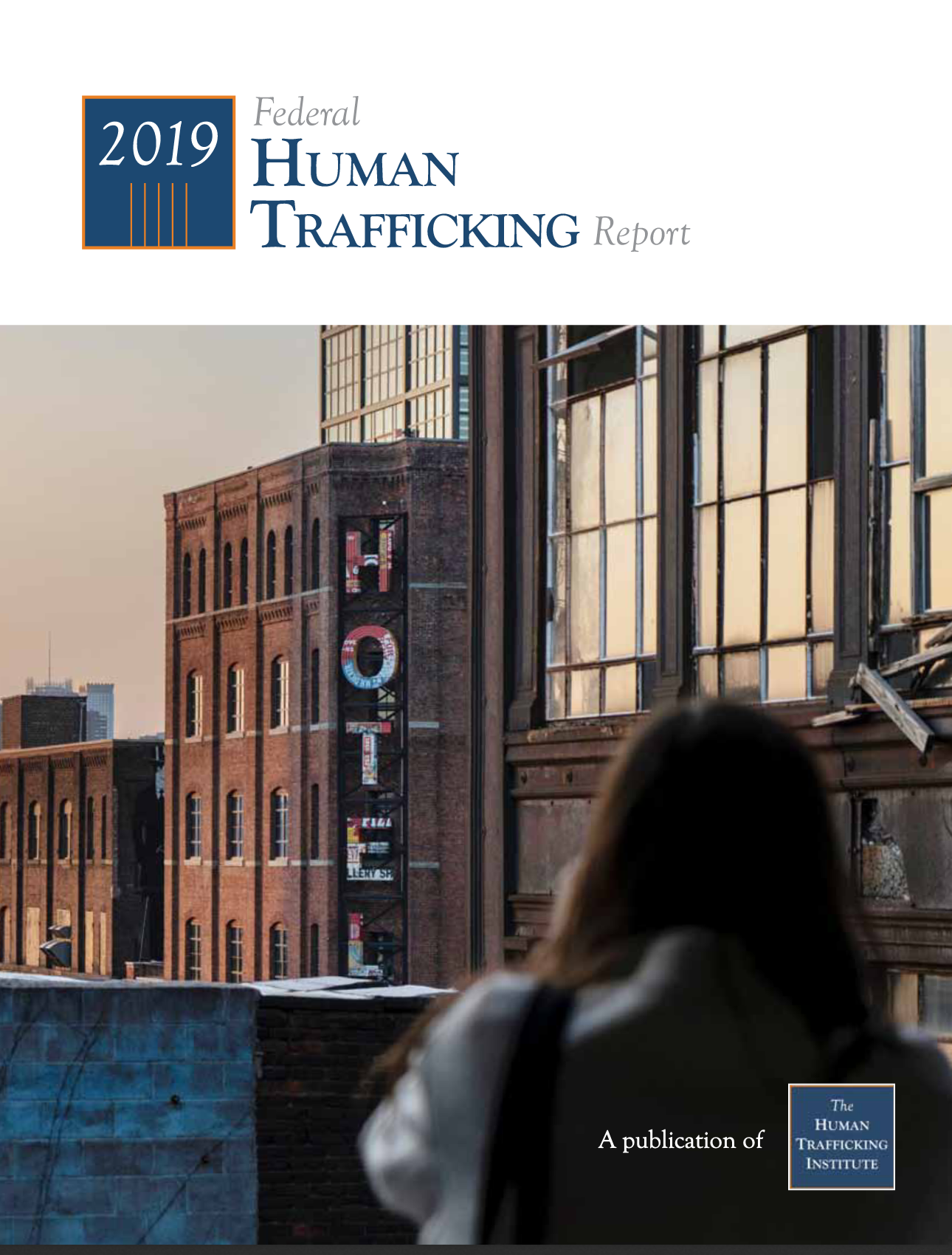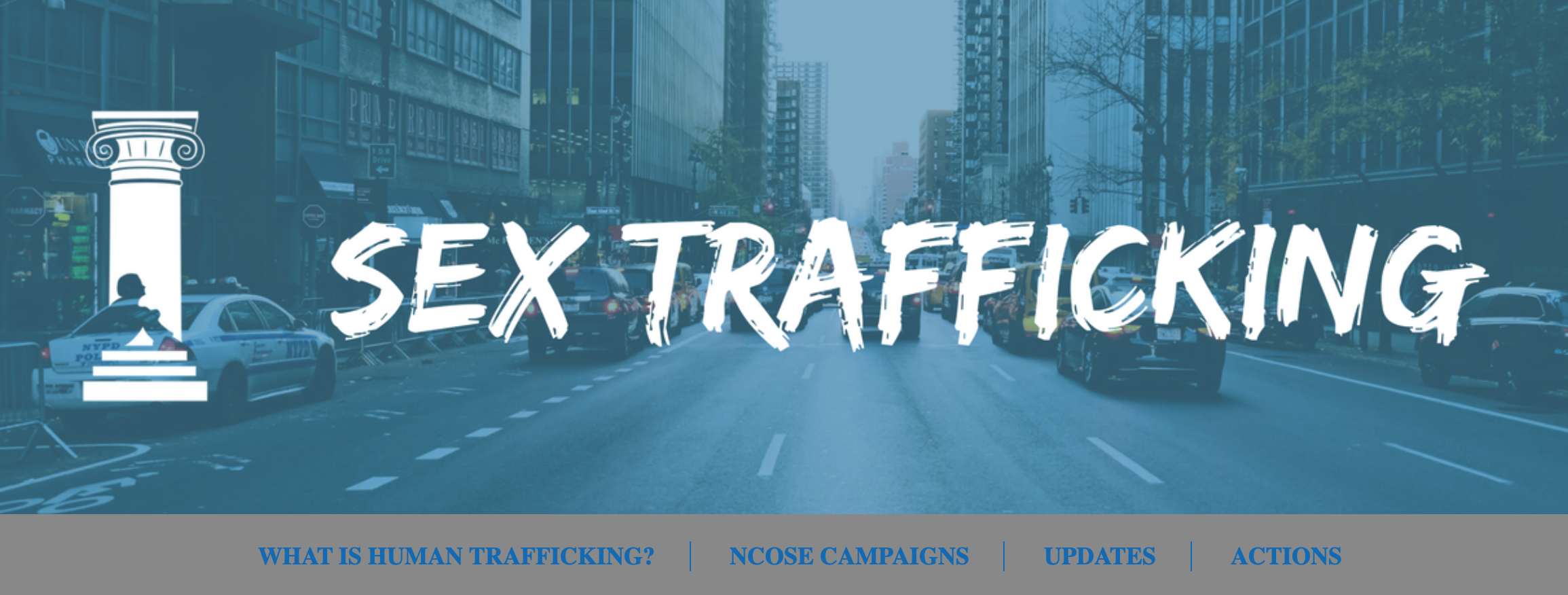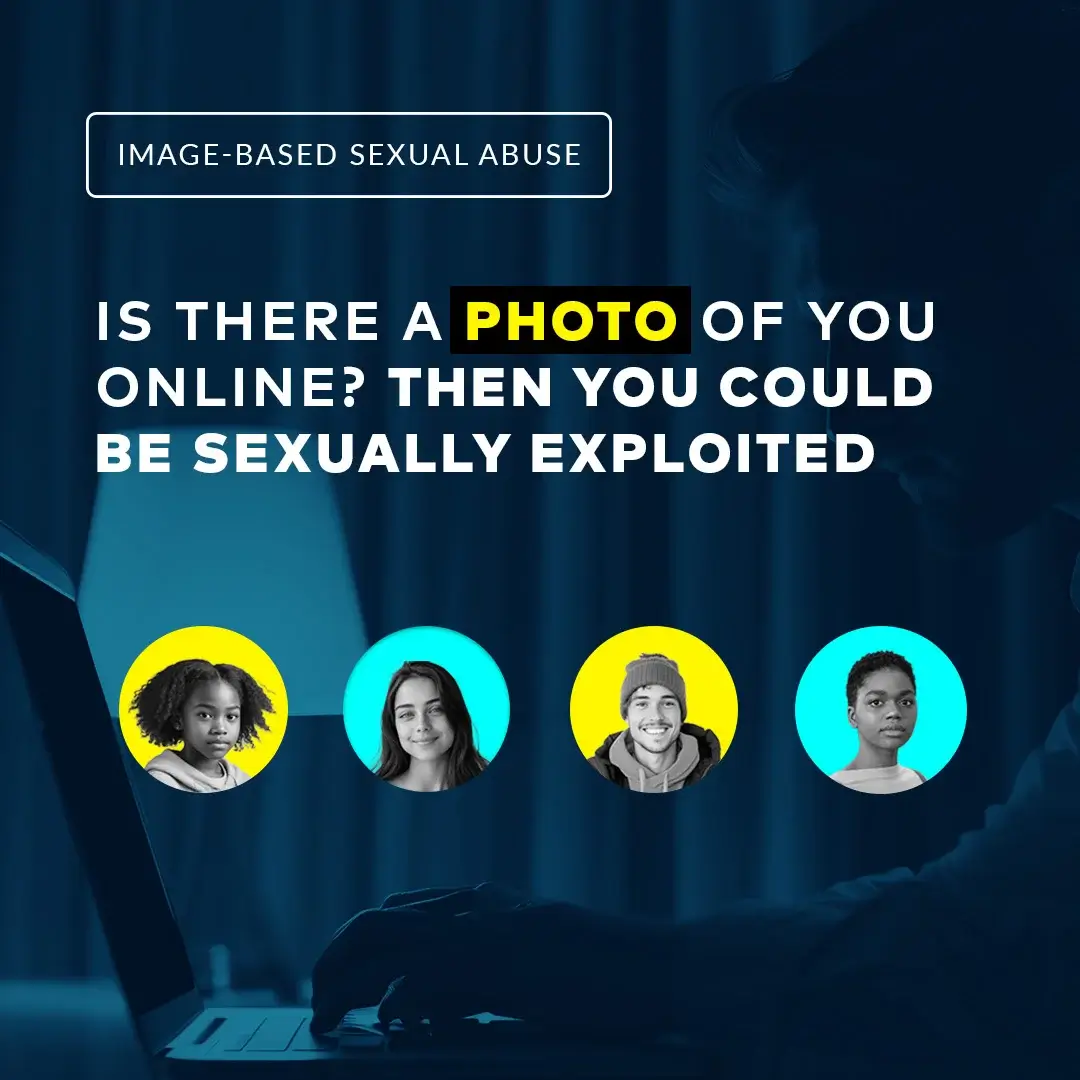Note: While the National Center on Sexual Exploitation prefers to use the term “survivor” rather than “victim,” in order to accurately reflect the report’s findings and remain consistent with language used in the TVPA, this blog uses the word “victim.”
The 2019 Federal Human Trafficking Report is a compilation of all United States federal human trafficking cases that are active or which were filed in 2019, which includes statistics related to both sex trafficking and labor trafficking. The report discusses trends between cases and is a useful tool for understanding prosecution of human trafficking cases on a federal level.
At the National Center on Sexual Exploitation (NCOSE), we recognize the information in this comprehensive report is helpful for law enforcement agencies and anti-trafficking organizations to understand the types of people who are at-risk for being trafficked. As a window into criminal prosecutions, the information regarding what crimes defendants were charged with and the average prison sentences meted out can serve as a useful comparison for future prosecutions.
Split into two main sections, the report begins by looking at the “profile” of a criminal human trafficking case which includes information such as the demographics of victims and defendants. The second section details information regarding the types of charges leveled against defendants, conviction rate, and sentencing – everything related to the prosecution and finalization of a case.
There were a total of 145 new human trafficking cases filed in 2019 which represents a 14.7% decline from 2018. The report noted that “The decline in new cases is due to prosecutors filing fewer sex trafficking cases – not fewer forced labor cases.” The number of forced labor cases has remained comparatively stable since the enactment of the Trafficking Victims Protection Act (TVPA) in 2000, though they still represent a small minority of cases compared to sex trafficking.
A sad yet unsurprising statistic from the report indicates that the vast majority (97.7%) of sex trafficking victims were female and the majority (80%) of the defendants were male. This corroborates the general narrative that women are the primary victims of sex trafficking while men are most often the perpetrators. Criminal defendants, 67.5% of whom were involved in pimp-directed trafficking, used coercive means such as taking advantage of a substance addiction or unusual living situation to exercise power over their victims. Only 1% of the 1,058 active criminal defendants were businesses or corporations rather than individuals.
The victim’s age was another important factor the report considered. In sex and labor trafficking cases that revealed the age of victims, 57.7% had only child victims, 22.7% had only adult victims, and 19.6% had both child and adult victims. The primary vulnerabilities traffickers preyed on were drug and substance abuse, runaway status for children, homelessness, irregular immigration status, and revictimization. Across the board, this information shows that individuals of lower economic status are consistently targets for trafficking. In sex trafficking cases, similar to the economic power imbalances that are also inherent in sugar dating, the powerful prey on individuals’ weaknesses and vulnerabilities in order to coerce them into silence and submission.
 A high conviction rate of 94.4% was a major victory noted in the 2019 report. Of the 359 defendants whose charges were resolved in 2019, 339 of them were convicted of at least one trafficking-related crime. All of these defendants were individuals, so there is still room for improvement in securing more convictions under the TVPA for business entities. Prison sentences for convicted perpetrators varied from one month to life, but the average sentence for those who went to trial was about 19.5 years.
A high conviction rate of 94.4% was a major victory noted in the 2019 report. Of the 359 defendants whose charges were resolved in 2019, 339 of them were convicted of at least one trafficking-related crime. All of these defendants were individuals, so there is still room for improvement in securing more convictions under the TVPA for business entities. Prison sentences for convicted perpetrators varied from one month to life, but the average sentence for those who went to trial was about 19.5 years.
The National Center on Sexual Exploitation commends the work of the Human Trafficking Institute in compiling the 2019 Federal Human Trafficking Report. In the fight against sex trafficking, this resource effectively highlights emerging trends and makes the details of federal human trafficking cases widely accessible.





